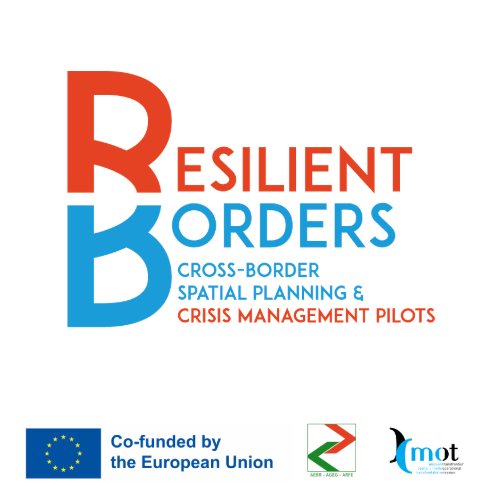Enhancing flood and drought resilience along the river Drava

Two neighouring counties along the Croatian-Hungarian border partnered up to find solutions for water retention management and sustainable land use. Baranya County (HU) and Virovitica – Podravina county (HR) successfully applied for funds in the ‘Resilient Borders – Cross-Border Spatial Planning and Crisis Management Pilot Actions’ initiative of the European Commission, managed by Association of European Border Regions (AEBR) and the Mission Opérationnelle Transfrontalière (MOT), to support resilience of border regions. Pannon EGTC will be involved in the implementation of the project to provide expertize.
20 successful applicants have now been selected to implement pilot actions in two key fields, Cross-border Crisis Management and Cross-border Spatial Planning. The beneficiaries of Resilient Borders will receive financial resources and dedicated support to set up joint plans to make their cross-border territories more integrated.
Implementation started on 1 February, and over the next 8 months, the pilot actions will elaborate their cross-border action plans, aiming for impactful results by the end of September. They will play a key role in developing strategies to address cross-border challenges and foster greater resilience.
The territory is the administrative regions of Baranya county and Virovitica – Podravina county, with potential involvement of the whole Hungarian-Croatian Drava region in the future
The goal of the project is to plan activities - in the long-term - aiming at water retention management and sustainable land use, which includes examination of the utilisation of low-lying areas less suitable for agricultural cultivation for water retention, promotes the rehabilitation of water cycles in small regions, enables regular shallow water flooding in many areas, and helps the establishment of floodplain landscape management pilot areas on the long term. On the other hand, cooperation also makes it possible to establish the conditions for drawing up action plans to prepare for or prevent periods of flood threat.
In the framework of the project, partners and experts will examine best practice pilot programmes and elaborate an action plan with the purpose to protect and strengthen the water retention capacity of the environment, soil and aquifers through the restoration and maintenance of the natural characteristics of ecosystems and watercourses, as well as the application of natural processes. Through workshops the partners will develop cross-border cooperation with national, regional and local authorities and water management experts to map, collect data and possible solutions of target areas. The project will close with a climate adaptation conference on the target area’s water management with the involvement of a wide range of stakeholders (national, regional and local authorities, as well as water management experts).

